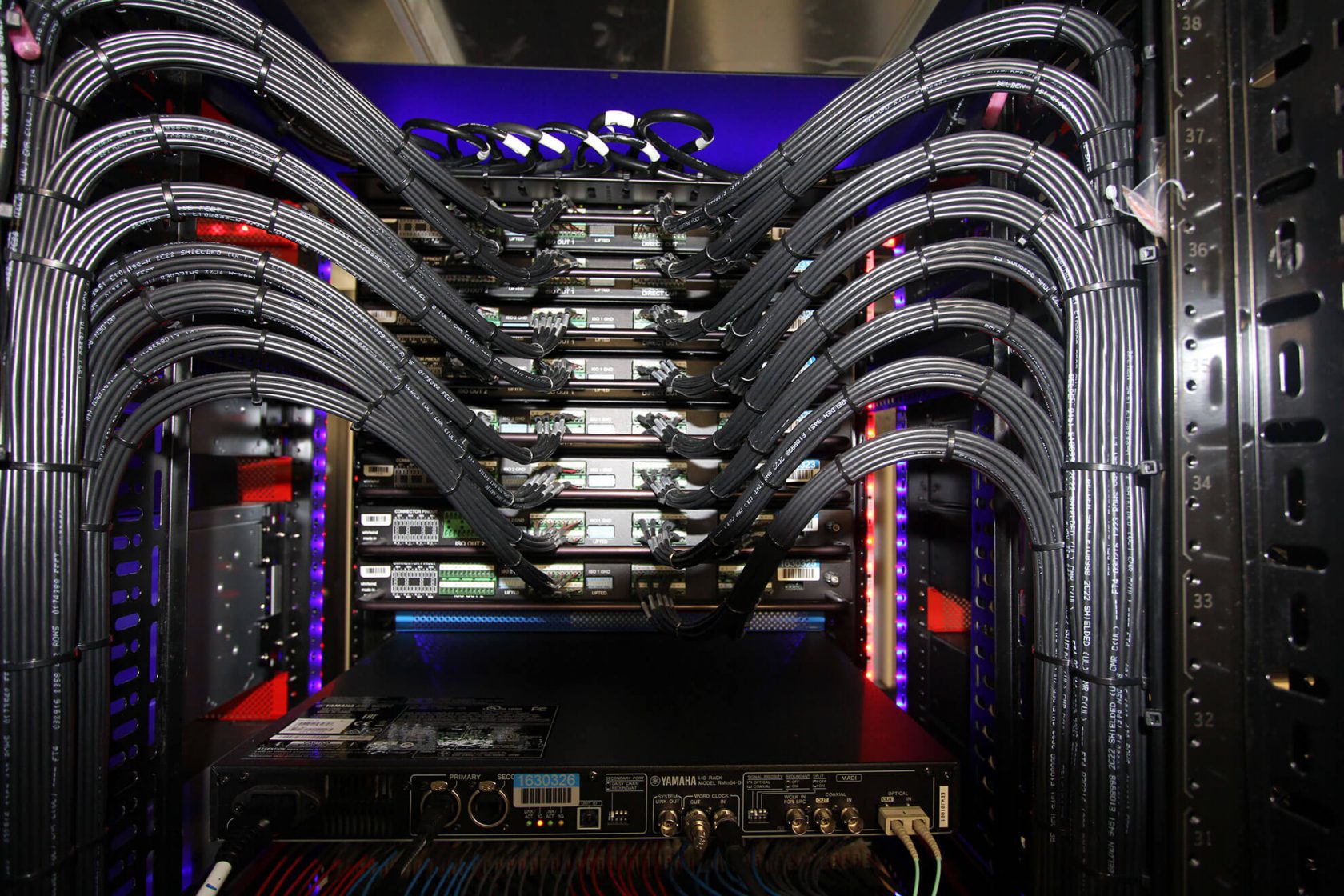Highlighting the Influence of Lighting Conditions on Movement Identification Precision and Dependability
Highlighting the Influence of Lighting Conditions on Movement Identification Precision and Dependability
Blog Article
Illumination conditions have a crucial role in the way effectively we can perceive movement. Motion detection is a key aspect of different systems, such as security cameras, automated illumination systems, and also some gaming applications. Understanding the ways various illumination environments affect our ability to perceive motion can assist enhance the development and efficacy of these systems. For instance, inadequate illumination can lead to missed movements or false alarms, while optimal lighting can enhance the accuracy of movement detection systems.
In well-lit illumination environments, motion detection is typically more reliable. When there is sufficient light, sensors and cameras can obtain clearer images, which assists in identifying dynamic objects. Well-lit conditions allow for better contrast between the dynamic object and the background. This differentiation is essential for both human viewers and automated technologies, as it makes it simpler to differentiate between static and moving elements in a setting. Thus, making sure that areas are adequately illuminated can significantly improve the effectiveness of motion detection technologies.
Conversely, dim conditions can present challenges for movement detection. In dim environments, darkness can obscure dynamic objects, which makes them difficult to detect. Additionally, the eye struggles to detect movement in dim conditions, which can result in misunderstanding of the situation in the environment. Cameras may also discover this face difficulties, as many do not function well in low light without the use of infrared capabilities or other improvements. These limitations highlight the significance of sufficient lighting in environments where movement detection is critical.
Additionally, different kinds of illumination can have varying effects on motion detection. For example, neon lights can flicker, which can confuse movement detection systems that depend on steady light input. On the contrary, daylight provides a steady form of illumination that improves visibility. Understanding these variations in lighting types can assist users in choosing the most suitable illumination for specific applications, particularly in surveillance and surveillance situations.
In summary, the relationship between illumination environments and movement detection precision is important. By ensuring that environments are appropriately lit, we can improve the dependability of movement detection systems. This understanding not only benefits technological applications but also improves safety and security in various environments. As further developments are made in movement detection systems, taking into account lighting conditions will continue to be a crucial consideration in optimizing performance and ensuring motion detection calibration tips that these systems work effectively in different environments.